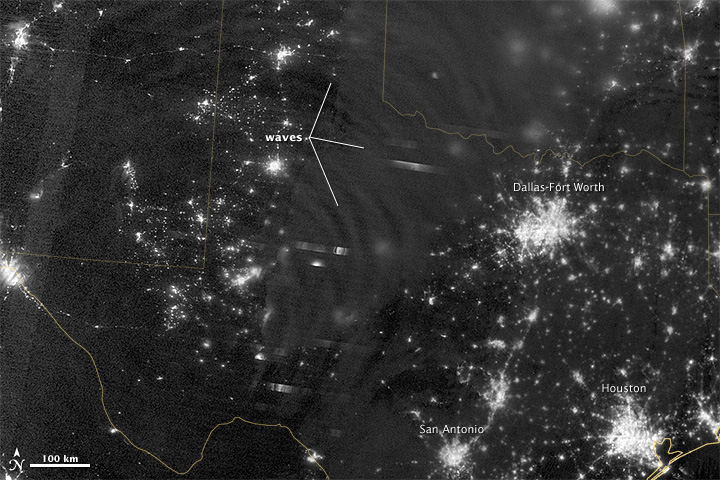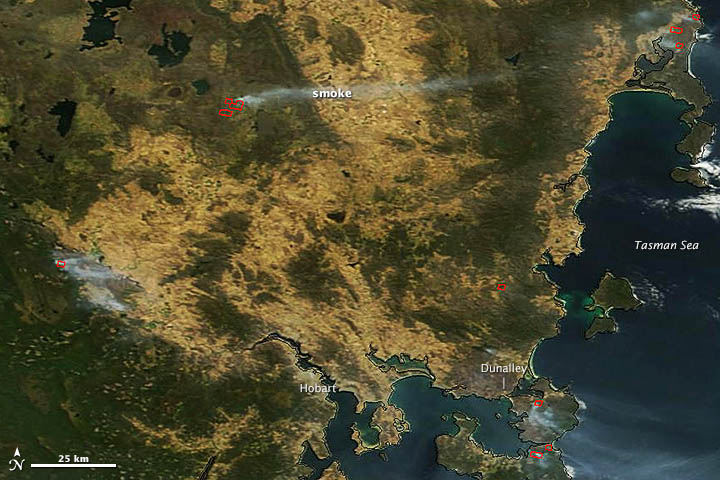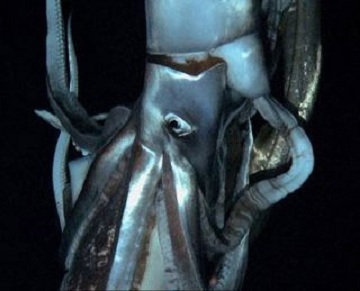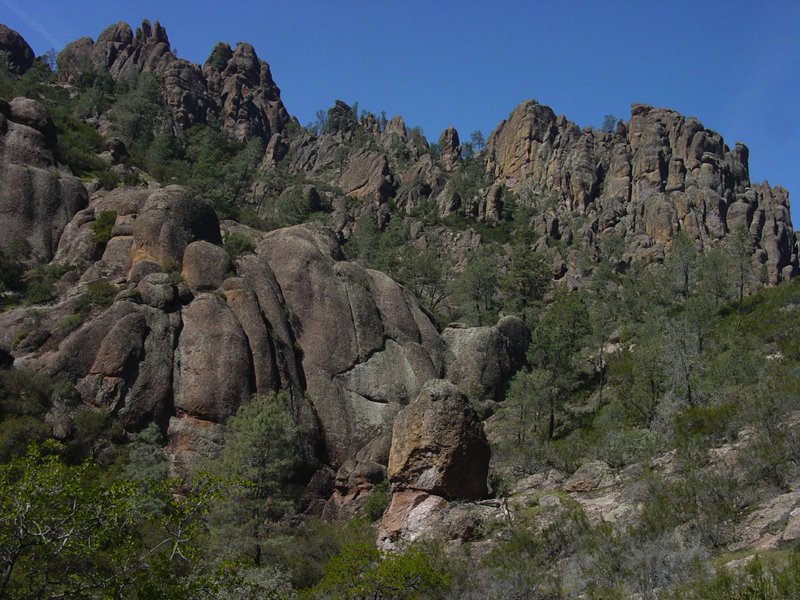Best Earth Images of the Week Jan. 11, 2013


Uncommon sight

An unusual storm brought snow and chaos to the Middle East yesterday (Jan. 10).
The weather system dumped 4-6 inches (10-15 centimeters) of snow on Jerusalem Wednesday night (Jan. 9) and yesterday morning, according to Jason Samenow, chief meteorologist with the Washington Post's Capital Weather Gang. The same system was responsible for heavy rain and scattered flooding, before the rain turned to snow, Samenow told OurAmazingPlanet.
[Full Story: How a Rare Snowfall Hit Jerusalem, Middle East]
Eerie view

The moon and stars may hog all the glory, but they're not the only light in the sky at night. The air itself glows from chemical reactions between oxygen and nitrogen and other molecules in the atmosphere.
The Suomi NPP satellite caught a massive thunderstorm making waves in the nightglow above Texas and Oklahoma on April 15, 2012. While nightglow is a well-known phenomenon, scientists were surprised at Suomi NPP's ability to detect it, according to NASA's Earth Observatory. During the satellite's check-out procedures, scientists thought this light source was a problem with the sensor until they realized that they were seeing the faintest light in the darkness of night, the Earth Observatory reported.
[Full Story: Amazing Image: Eerie Nightglow Over Texas]
Unprecedented heat

It is getting hot Down Under. And it's only going to get worse before it's over.
Australia and Tasmania, where it is currently summer, are in the midst of a horrendous heat wave. Yesterday (Jan. 7), the average temperature throughout the country broke a 40-year-old record, reaching 105 degrees Fahrenheit (40.3 degrees Celsius), according to the Guardian. One area in the country's south hit 119 F (48.3 C) this weekend, AccuWeather reports.
[Full Story: Australia Sizzles in Unprecedented Heat Wave]
First footage

The notoriously elusive giant squid has been filmed for possibly the first time in its natural habitat after a Moby Dick-style hunt for the deep-sea beast.
A Japanese-led team filmed the silvery cephalopod last year off the Ogasawara Islands, about 620 miles (1,000 kilometers) south of Tokyo, according to news reports. The footage is to be broadcast in the United States this month.
[Full Story: Mysterious Giant Squid Finally Caught on Film]
Hopes confirmed

The existence of a 9,000-strong colony of emperor penguins in East Antarctica has been confirmed by three people who visited it for the first time.
Signs of the penguins were spotted by satellite, which took images of large stains on the snow in 2009 that scientists suspected were penguin feces. But it wasn't until early December 2012 that three people from Belgium's Princess Elisabeth Antarctica polar research station visited the colony to glimpse the penguins for themselves, according to a statement from the International Polar Foundation, which runs the station.
[Full Story: Humans Visit Huge Penguin Colony for First Time]
Protect and enjoy

Pinnacles National Monument in California was signed into law as the United States' 59th and newest national park, now bearing the name Pinnacles National Park.
The new park, with its spectacular rock formations, beautiful spring wildflowers and group of endangered condors, is a popular tourist attraction, located in the Gabilan Mountains east of central California's Salinas Valley, according to a statement from the Department of the Interior. The park encompasses 27,000 acres of wild lands.
[Full Story: America's Newest National Park Declared]
History revived

On this day (Jan. 11) in 1853, a Union warship was sunk in a skirmish with a Confederate vessel in the Gulf of Mexico.
Exactly 150 years later, a new 3D map of the USS Hatteras has been released that shows what the remains of the warship look like. The Hatteras rests on the ocean floor about 20 miles (32 kilometers) off Galveston, Texas, according to a release from the National Oceanographic and Atmospheric Administration, which helped to sponsor the expedition to map the shipwreck.
[Full Story: New 3D Map of Civil War Shipwreck Released ]
Get the world’s most fascinating discoveries delivered straight to your inbox.



